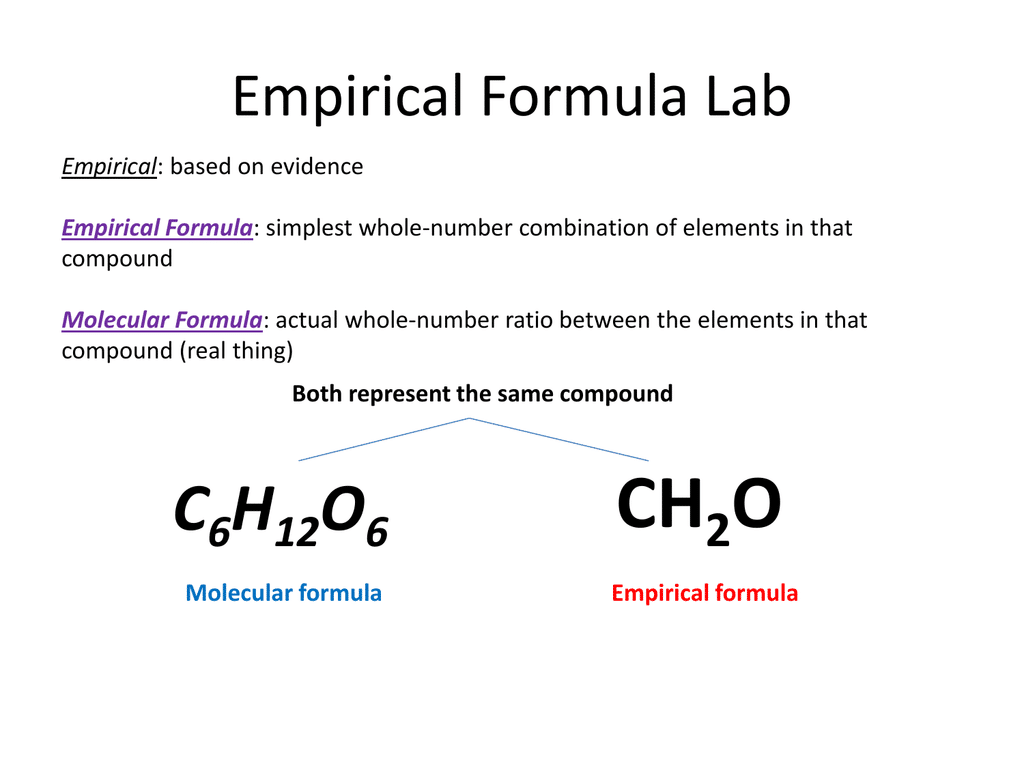

They are good conductors in a molten state and solutions. Conductivity - Solid ionic compounds don't conduct electricity because the movement of ions is impossible.

They're held together strongly by electrostatic forces - so strongly, in fact, that the binary ionic compound sodium chloride has a melting point of 801☌ (1,474° F) and boiling point of 1,465 ☌ (2,575° F)! You can use the boiling point calculator and compare this number to other substances to see how impressive it is. High melting and boiling points - You need a large amount of energy to break the bonds between cations and anions.
#COMPOUND FORMULA CHEMISTRY CALCULATOR HOW TO#
Knowing how to use a substance is fantastic, but to get there, we need to comprehend the properties of ionic compounds first. Luckily, the chemical name calculator remembers them for you! MnBr₃ would be called manganese(III) bromide as the charge is different.Īlthough it doesn't seem like much, these rules can sometimes be confusing. For example, MnBr₂ is manganese(II) bromide - Mn has a charge of 2+. This is done by writing the Roman numeral in parentheses following the element name. Some cations, usually transition metals, can take on multiple charges and we want to specify which ion we are considering. Generally, these refer to the oxidation number of an atom, but it's a bit different for ionic compounds.

Hydrocarbons - A type of covalent compound, these are the simplest kind of organic compounds as they're composed of only hydrogen and carbon. As they tend to exist as individual molecules and not huge ionic lattices of repeating units, it's necessary to state the amount of each element when naming them. An example would be sodium bicarbonate, NaHCO 3.Ĭovalent compounds - In this group, as we've mentioned, we have only non-metals as only they are capable of forming covalent bonds. Acid salts are ionic compounds containing acidic hydrogen, but not necessarily as the only counterion.For instance, HCl, a common chemical compound, can be called both hydrogen chloride and hydrochloric acid. Although they can be termed the same way as the ionic compounds, they're usually given special names. Ionic compounds - They are also obtained by combining metals, but this time instead of non-metals, we have polyatomic ions such as cyanide, CN⁻.Īcids - They are the compounds in which the cation is H +. It's not to be confused with a diatomic compound, which has multiple atoms of the same element. There may also be more than one of each element in the compound. There are various types of compounds, such as:īinary ionic compounds - As the name suggests, these are formed from two different elements, a metal and a non-metal. Hold on, how are you meant to know what is a binary ionic compound if we haven't told you what is a compound itself? In chemistry, this term describes a substance composed of identical molecules consisting of atoms of two or more elements.


 0 kommentar(er)
0 kommentar(er)
